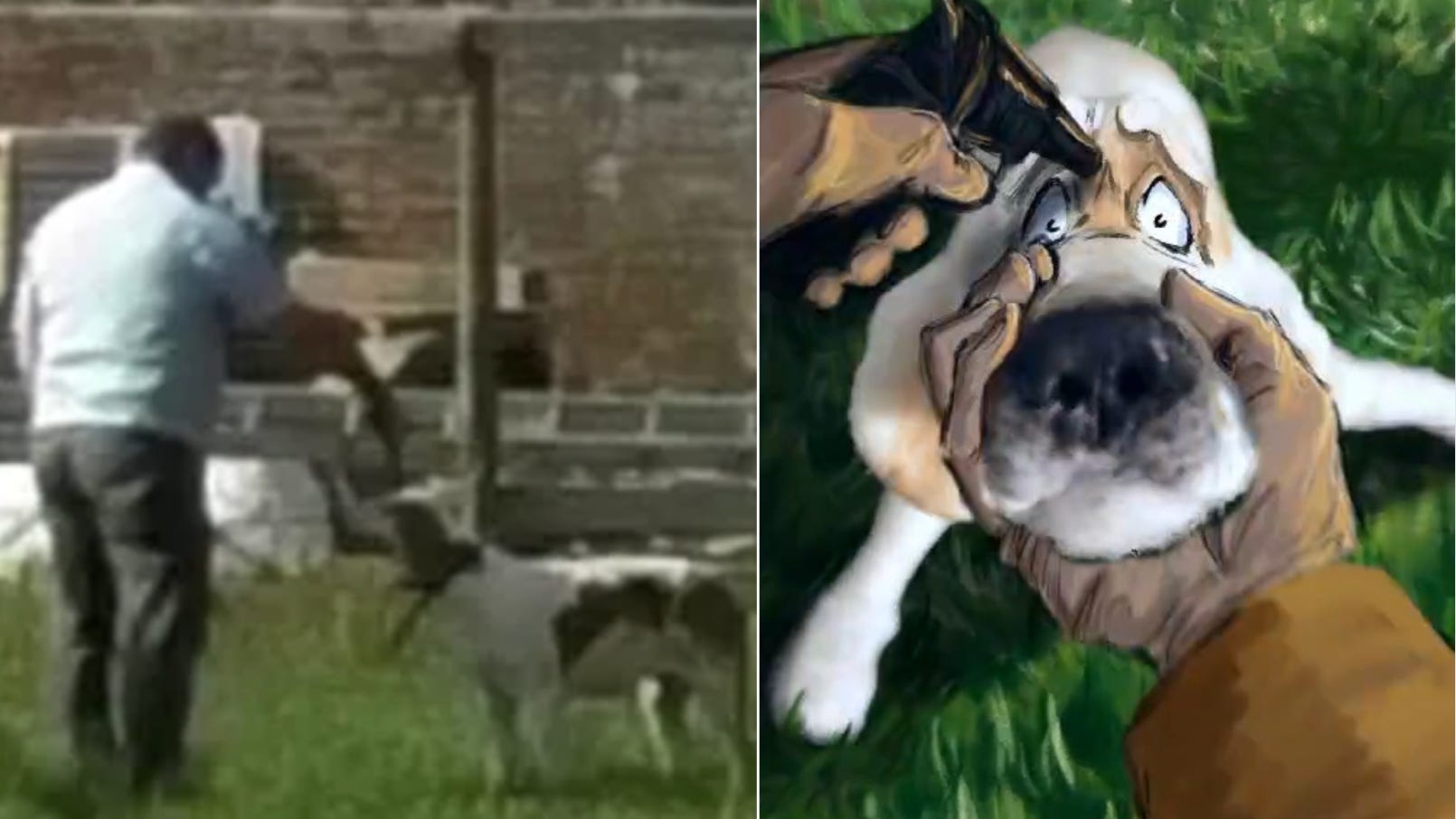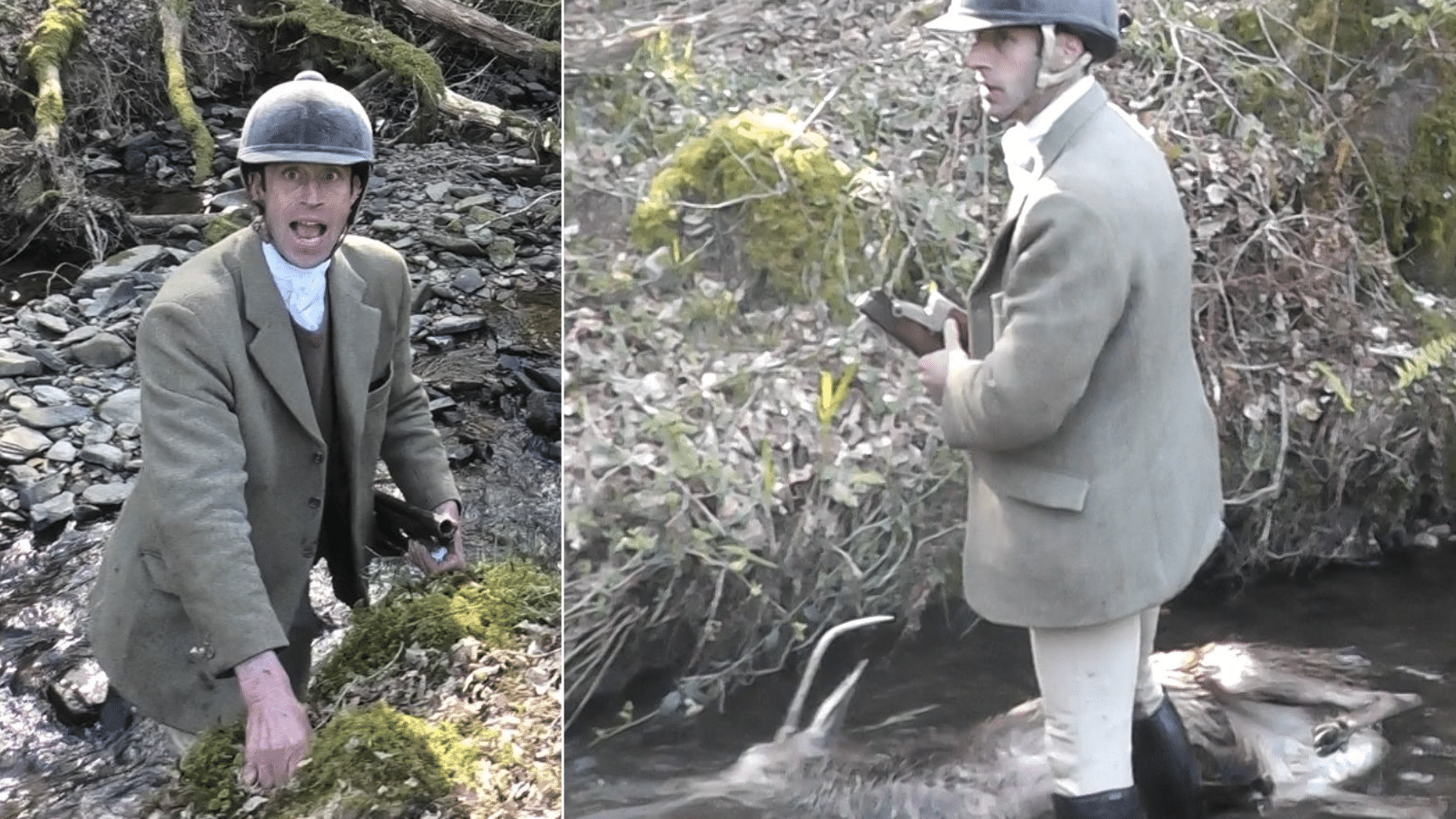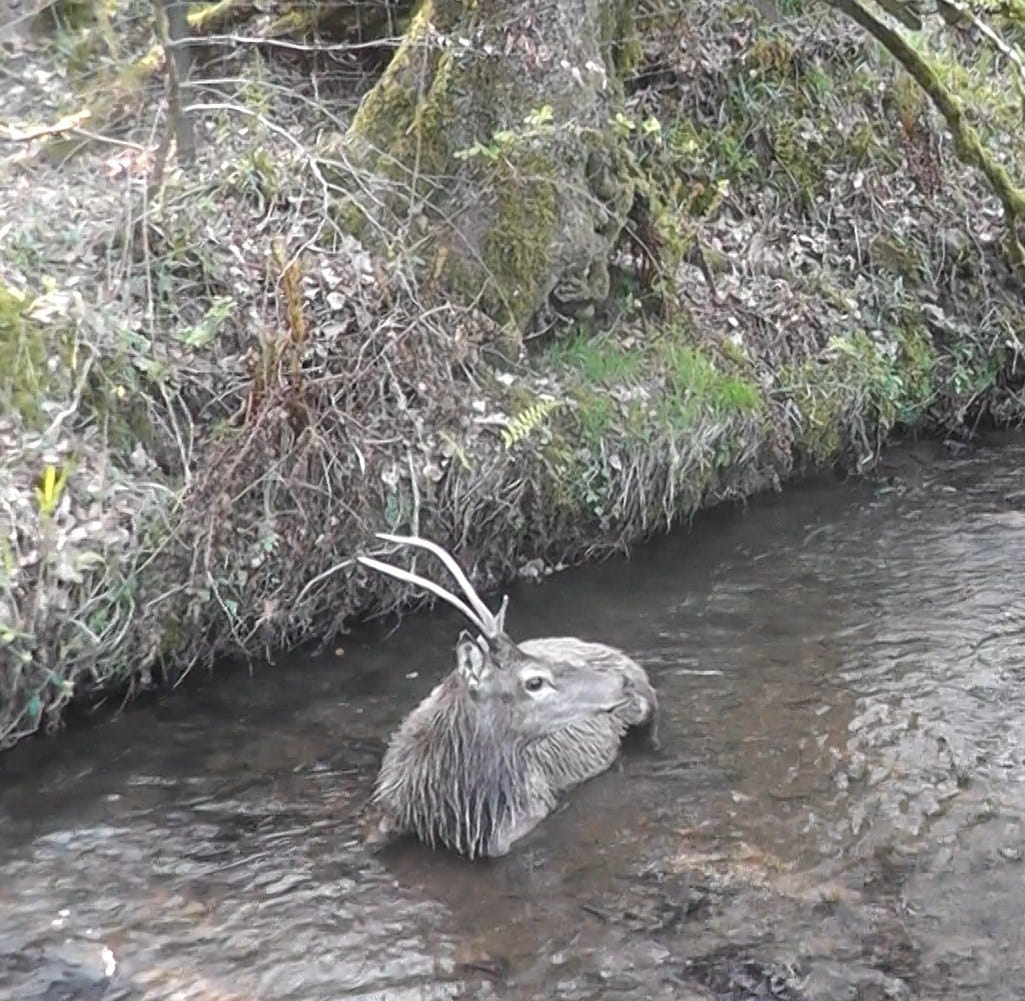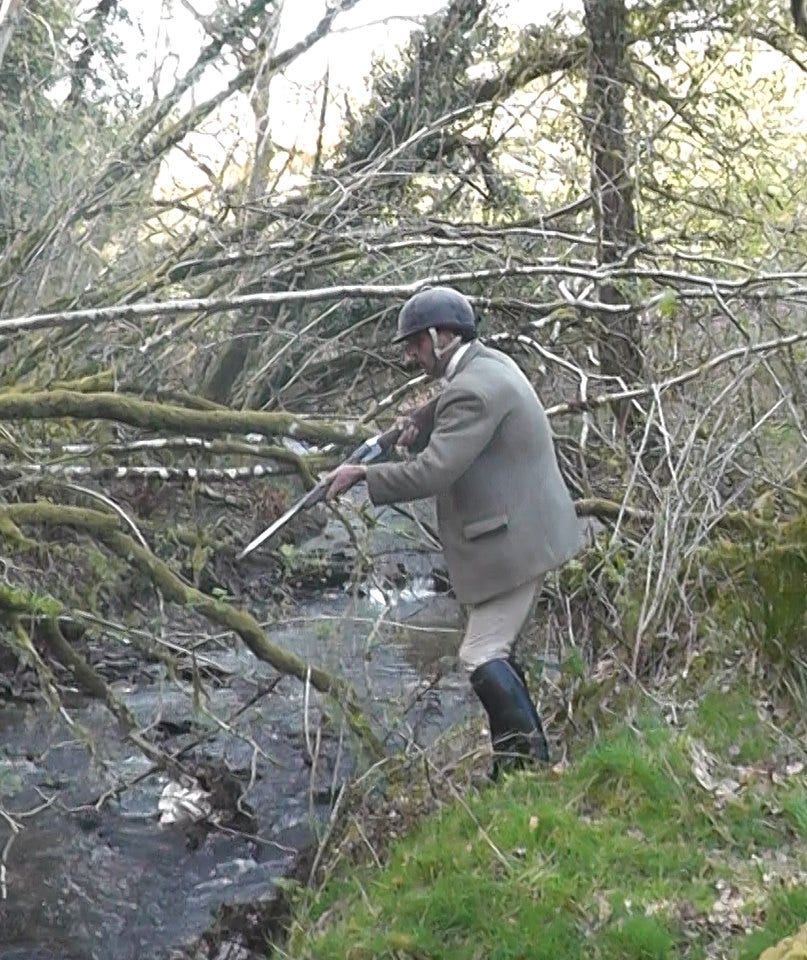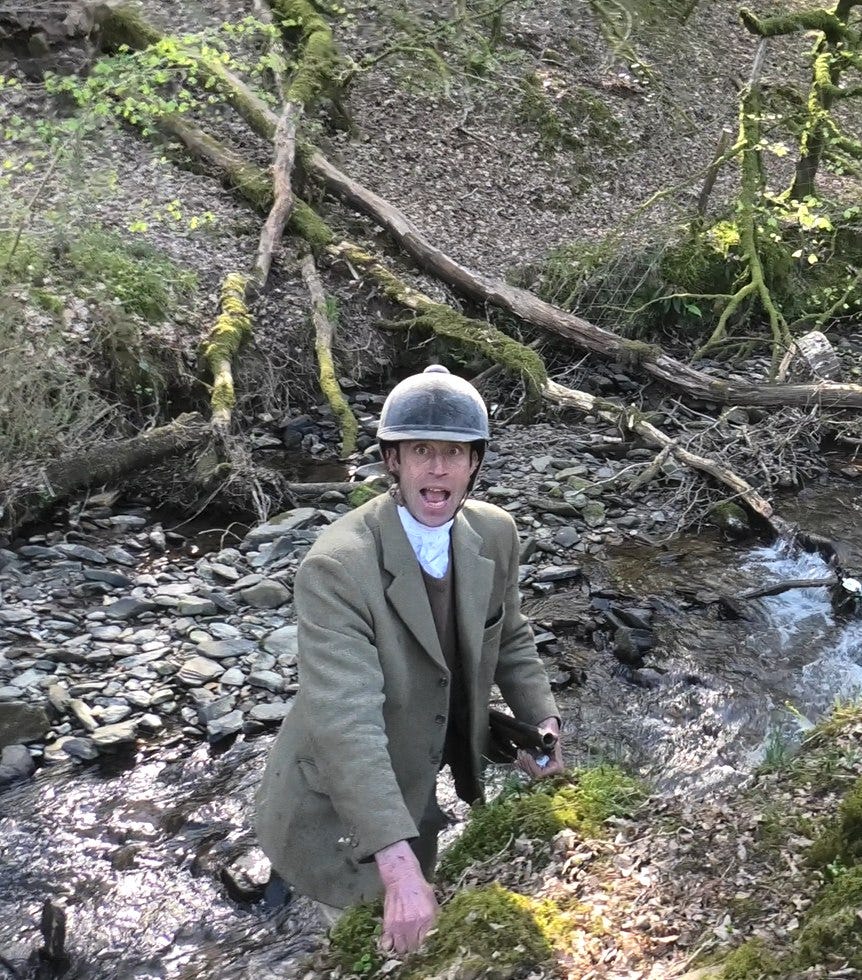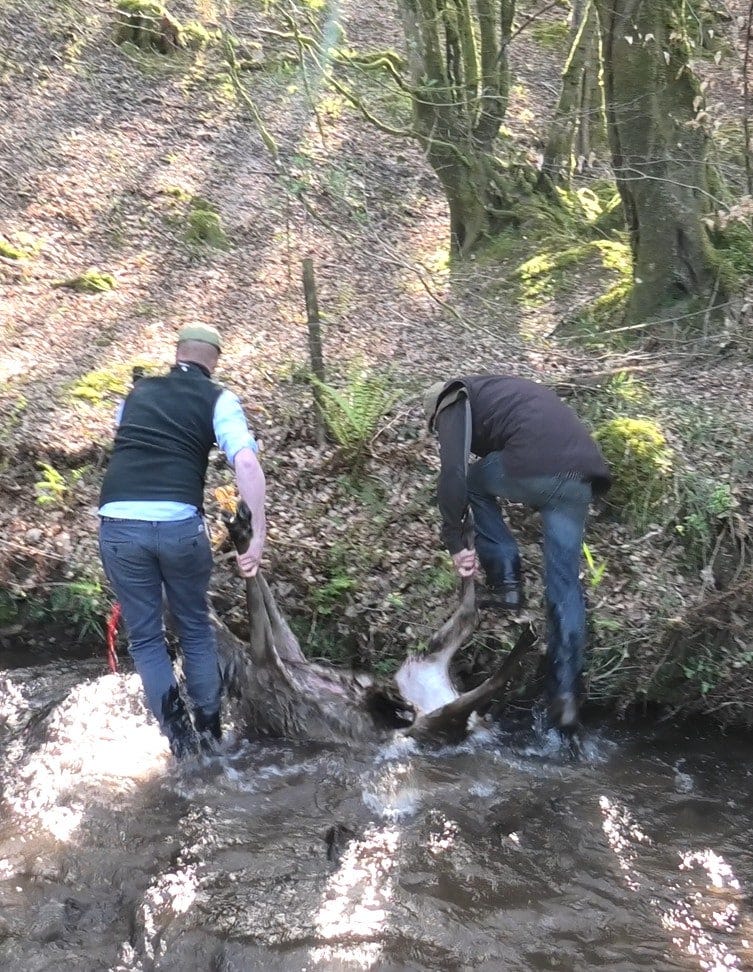Here at Protect the Wild we do absolutely everything we can to protect British wildlife. From hard-hitting undercover investigations, supporting direct action in the field, producing ground-breaking reports and so much more. And over the past year or so you may have noticed we have really gone to town with animations. In fact, since February 2023, we have released 8 animations covering issues around fox hunting, hare coursing, stag hunting, bird shooting and the badger cull. I am a strong believer that using different mediums like animation is the way forwards for animal rights campaigning. And the numbers we are seeing are testament to this belief. At the time of writing this post our animations have been viewed over 35.8 million times. That’s a staggering number of people who may have never come across the issues we work on otherwise. And I believe this success has come about because we have been able to craft share-worthy content that is accessible and palatable to most of the public. Simply sharing graphic real-life footage just doesn’t cut it anymore. The social media platforms are cracking down on what they deem to be ‘graphic content’ and we’re seeing a situation where people have become immune to ever more shocking content combined with a precondition to swipe past animal cruelty. We truly are living in a world where people are simultaneously becoming desensitised and apathetic to the suffocating avalanche of negativity and misery exposed and promoted across the internet. It is our mission then to work out how we get our message in front of your everyday person who until now has found it easier to simply switch off and block us out. Especially harder when issues like hunting and shooting only manifest a feeling of personal accountability or moral guilt to those actively partaking in these pastimes. And despite most people not hunting or shooting on a regular basis, it is evident that these industries hold a disproportionately and outrageously large amount of influence in all areas of society. It is up to groups like us to demonstrate the insane levels of criminality surrounding these pastimes, the ineffective legislation overseeing these activities, and the immense suffering inflicted on animals at the hands of a small minority. So, over the past year or so I have worked alongside the brilliant Ben Sinclair at Fire Lily Studio to find innovative ways of stopping the scroll and getting people to engage in the issues we work so hard on. Because we can only stop people hunting wild animals with packs of hounds or blasting birds out of the sky if we have the general public on side and a movement of people forcing the hand of decision makers. From undercover work to animation Perhaps the best example of the uphill battle we face with social media platforms came in October 2021 when we released possibly the most damning and monumental exposé of fox hunting in recent times. Our undercover investigation with HIT showed for the first time a ‘trail hunt’ (Duke of Beaufort Hunt) shooting their hounds dead in broad daylight. The very fact we had this footage in our possession cannot be overstated. It meant we finally had concrete proof that hunts do not ‘rehome’ their hounds as they so often claim, but rather they’re met with a bullet to the head once deemed surplus to requirements. But despite having this ground-breaking footage that deeply shocked those we showed it to, Facebook placed a restriction on the footage and on Twitter we were struggling to even get a couple thousand views. We had a problem. We were sitting on explosive footage that completely shattered the ‘trail hunt’ smokescreen but we weren’t able to get it seen by the general public. So, this is where we turned to animation as a means of portraying what happened but in a way that would bypass the algorithms and (hopefully) not be flagged as graphic content. In late December 2023 we worked with Ben Sinclair at Fire Lily Studio to publish a 90 second stop motion piece which beautifully illustrated the findings of our shocking undercover operation. Specifically, our piece focused on one of the hounds from our undercover footage, named ‘Scamp’ by investigators. She had been nicknamed by the HIT investigator who waded through the weeks of footage, due to her naughty playful nature and her reluctance to leave the exercise field and go back to the kennels. Scamp was presumably drugged to keep her still and docile while they killed her due to her habit of running off to play. And so, it was felt that our animation would hit home the hardest via a portrayal of Scamp’s life as a hound. Since posting the short film ‘The Forgotten Foxhound’ it has been viewed 3.4 million times on Instagram and 1.1 million times on TikTok alone. These numbers reflect what can be done when real life footage is repurposed and retold through the perspective of an individual. And sometimes it is easy as a campaigner and animal lover to get caught up in the issues themselves and neglect the individuals that suffer at the hands of these vile industries. But clearly it was this connection between the stop motion Scamp and the viewer that really struck a chord. And I think what’s evident from all our animations to date is that their success comes from their ability to provide people easier points of entry to challenging issues. Animations are unique in that you can use their soft artistic style and juxtapose it with quite harrowing and hard-hitting content. And as a campaigning organisation we lure people in with Ben’s beautiful artistic creations as an easy point of entry before slowly pulling down the curtain to reveal serious issues of animal cruelty. In turn, people are much more likely to share this type of content with friends and family than real life video that is often more distressing and confrontational. I think it is inarguable that art will forever play an integral role in society and in shaping and reflecting the beliefs and opinions of people at a given point in time. And it is up to us to ensure our voice is not lost in the process. We can ensure the message of championing wildlife and eliminating animal cruelty is seen and heard by more people than ever before. It’s why animations and creative licence will remain at the heart of what we do at Protect the Wild. We cannot sit by and merely hope that the public see what we’re seeing, we must be strategic, forward thinking and adapt to the ever-changing online landscape to ensure those who abuse wildlife for kicks have nowhere to hide. A huge thank you to Ben Sinclair for creating the beautiful animations we have released to date and thanks to every single one of you that watches and shares them! If you support what I’m doing and back what Protect the Wild stands for then please consider giving us a small monthly donation. We rely solely on compassionate members of the public to fund out work. And as you can imagine it takes a heck of a lot of time and resources to produce the output that we do. We’re a super small team and there’s just a few of us on a full-time wage. We’re tiny compared to other organisations. But I’m proud of the fact our work matches groups with much larger budgets. So, if you can afford to do so, please click the support button below and for the price of a coffee per month you can ensure we can continue to stand up for wildlife. |


